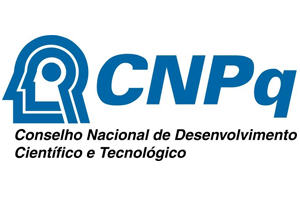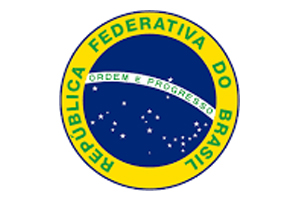Fattima Naser Abed
Dhi-Qar Education Directorate, MSc at Department of Biology University of Wasit, College of Science, Wassit, IRAQ
Mohammed J. Hanawi
Department of Biology University of Wasit, College of Science, Wassit, IRAQ
Jawad B. Al-Zaidawi
Ministry of Science and Technology, Directorate of Agriculture Research, IRAQ
ABSTRACT
Background: The potato (Solanum tuberosum) is a staple food crop worldwide, contributing significantly to global food security. However, the potato tuber moth (Phthorimaea operculella) is a major agricultural pest that causes severe economic losses, particularly in Ecuador. This study aimed to evaluate the efficacy of entomopathogenic nematodes (Oscheius myriophilus and Oscheius tipulae) and the fungal biocontrol agent Beauveria bassiana in controlling P. operculella larvae and pupae under laboratory conditions. Methods: The bioefficacy of both commercial and locally isolated Oscheius spp. nematodes was assessed at four infective juvenile (IJ) concentrations (25, 50, 75, and 100 IJs/mL). Additionally, Beauveria bassiana spores were tested at three concentrations (1×10⁵, 1×10⁷, and 1×10⁹ spores/mL), both individually and in combination with nematodes. Compatibility between the fungal and nematode biocontrol agents was examined microscopically to assess any inhibitory effects on growth or efficacy. Results: The combined use of B. bassiana at 1×10⁹ spores/mL with 100 IJs/mL of commercial nematodes resulted in the highest mortality rates of P. operculella, with 76.66% mortality in larvae and 73.33% in pupae. Similarly, the combination of B. bassiana at 1×10⁹ spores/mL with 100 IJs/mL of local nematodes showed mortality rates of 68.33% for O. myriophilus (73.33% larvae, 63.33% pupae) and 73.33% for O. tipulae (80% larvae, 66.66% pupae). The results demonstrated that P. operculella larvae were more susceptible to biological control agents than pupae, indicating a higher effectiveness of biocontrol strategies at the larval stage. Conclusion: The findings of this study suggest that Oscheius spp. and B. bassiana exhibit significant potential as biological control agents against P. operculella, particularly when used in combination. The compatibility between these bioagents further supports their integrated use in sustainable pest management strategies. Further research is recommended to explore field applications and optimize biocontrol formulations for large-scale implementation.
Keywords: Entomopathogenic Nematodes, Oscheius, Potato Tuber Moth, Phthorimaea Operculella, Lepidoptera Gelechiidae, O. Myriophilus, O. Tipulae.




